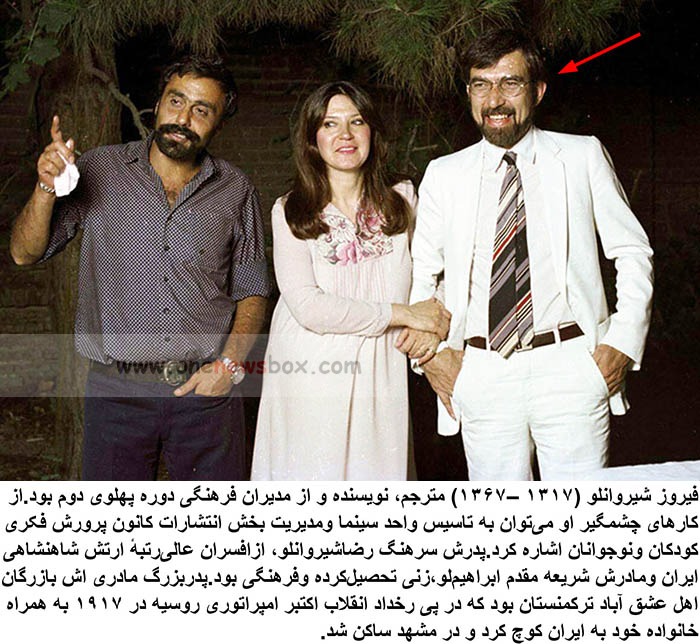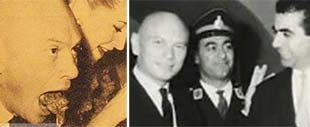Firouz Shirvanlu: A Life in Art, Politics, and Cultural Innovation
Firouz Shirvanlu (September 1938 – January 20, 1988) was a prominent Iranian translator, writer, and cultural director known for his significant contributions to the arts and culture of Iran during the second Pahlavi era. His life was a complex tapestry woven from threads of political activism, cultural innovation, artistic expression, and intellectual pursuit. From his early education in Tehran to his transformative work with the Children and Adolescents Intellectual Development Center (commonly known as Kanun), Shirvanlu left an enduring legacy that is still studied and admired today.
Early Life and Education
Born in Mashhad in September 1938, Firouz Shirvanlu was raised in a cultured and educated household. His father, Colonel Reza Shirvanlu, was a high-ranking officer in the Imperial Iranian Army, while his mother, Shariah Moghadam Ebrahimlu, came from a lineage steeped in education and tradition. His maternal grandfather, a merchant from Ashgabat, Turkmenistan, migrated to Iran after the Russian Empire’s October Revolution in 1917, settling in Mashhad.
Firouz’s early life was shaped by frequent relocations due to his father’s military duties. The family eventually settled in Tehran, residing near Shah Reza Street (now Islamic Revolution Street). Shirvanlu began his education at Manouchehri School and later attended the prestigious American College of Tehran, known today as Alborz High School. From a young age, he showed an interest in art, particularly drawing and painting. While studying at university, he pursued private painting lessons under the esteemed Professor Jafar Petgar, laying the foundation for his lifelong engagement with visual arts.

